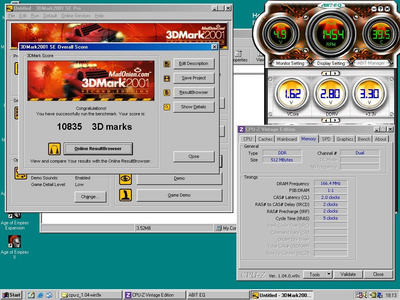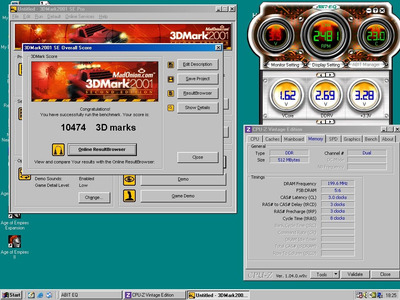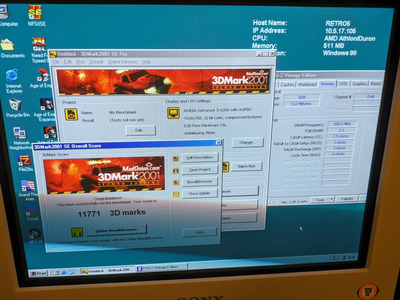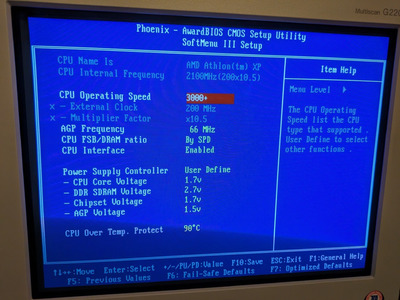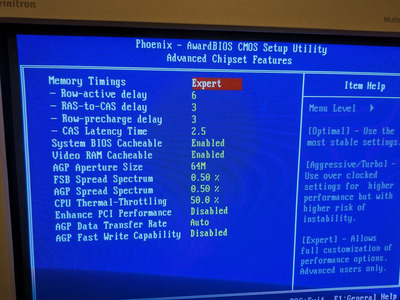First post, by Shadzilla
- Rank
- Member
I recently installed a fancy Corsair dual channel kit in one of my Athlon XP systems because I specifically wanted memory that would run at CL2 and 400MHz. So far it won't post at those kind of settings, but what I've done in the meantime while I try to figure that out is a very quick look at the impact of fast memory timings and lower FSB vs slow memory timings and higher FSB.
The difference in 3DMark2001 score is definitely there and confirms that memory timings are quite important, more so than FSB.
I'm swapping out the CPU later this week, from a 2500+ 333MHz Barton to a 3000+ 400MHz Barton (likely running at 3200+ speed), which I'm hoping might let the memory run at 400MHz with faster timings but it's possibly a stretch still. More to follow...
